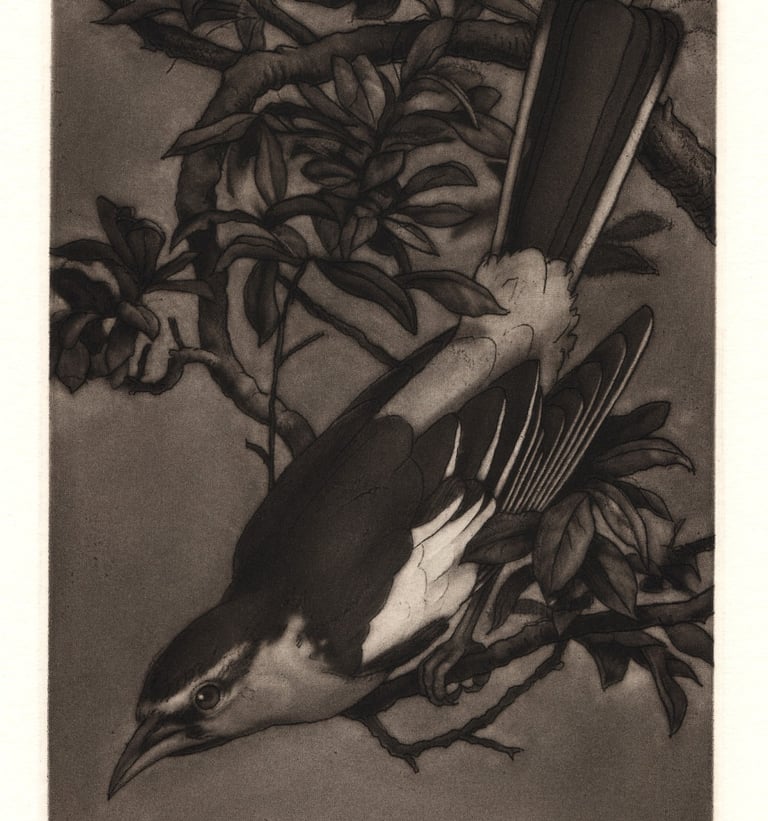
Making Oriole
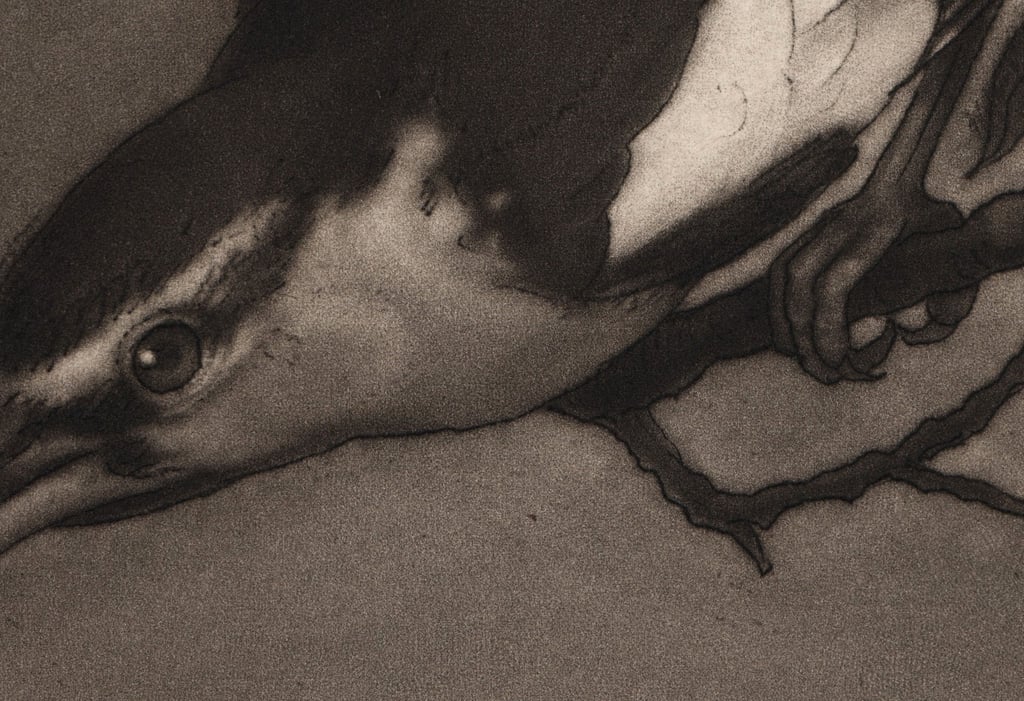

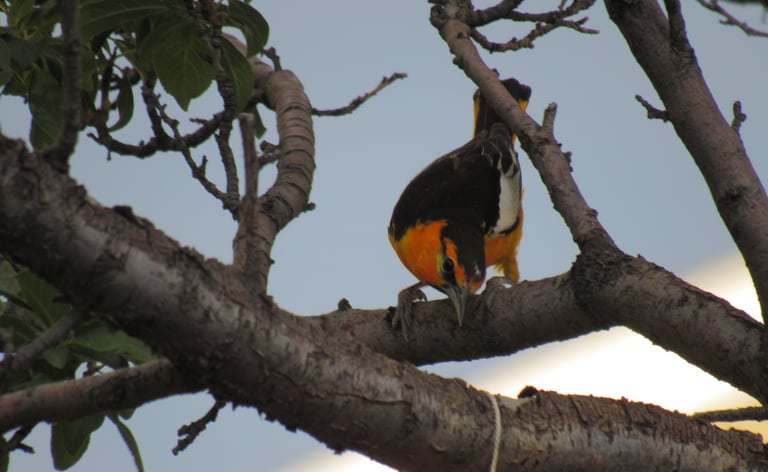

If by feeding hummingbirds you have also attracted orioles to your yard, you will understand why two alternate titles for this print might be "Pig" or "Thief." Orioles drink an astonishing amount of sugar water each day for an animal their size, and it's sugar water intended for tiny hummingbirds.
But, charmed by their harlequin outfits, I have embraced them, gluttonous as they are.
Orioles are also some of the shyest birds I have ever drawn (or failed to draw). Hummingbirds don't mind if I am a few feet away from the feeder, but even when I'm twenty feet from the feeder, the orioles arrive at our plum tree, hop down to the hummingbird feeder, notice me sitting, and fly away. If I happen to be be holding a camera or notebook, they are even more wary.
Because of their extreme shyness, I had to break my usual rule of only working from life or imagination. The plum tree stayed reasonably still, so I could draw it from life, but to capture a reasonable likeness of an oriole, I would have to avail myself of the superhuman powers of the camera. Over the course of a couple months, I took probably 100-200 photographs of orioles to use as references. I winnowed these down to a few dozen images and tried to reassemble the image of the oriole that I had in mind.
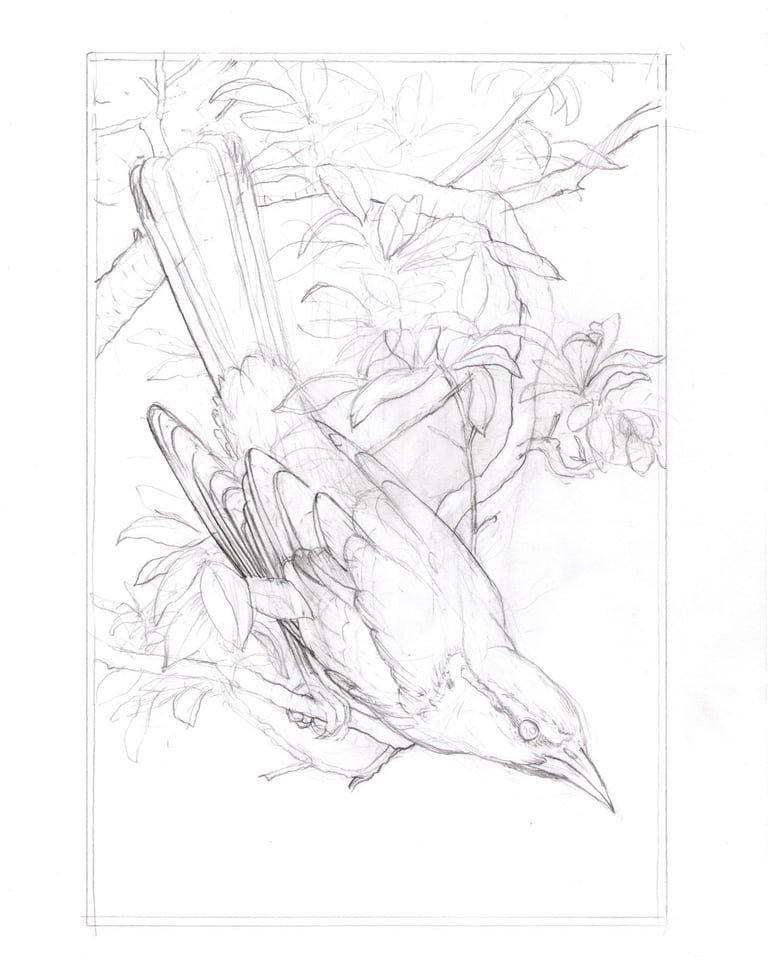

The first image is my initial drawing; the second is a soft ground etching made by tracing the contours of the drawing onto a copper plate coated with a smoked soft ground.
Obviously the soft ground print leaves a lot to be desired. It looks flat, since all areas were etched to the same depth, and trivial details assume the same importance as everything else.
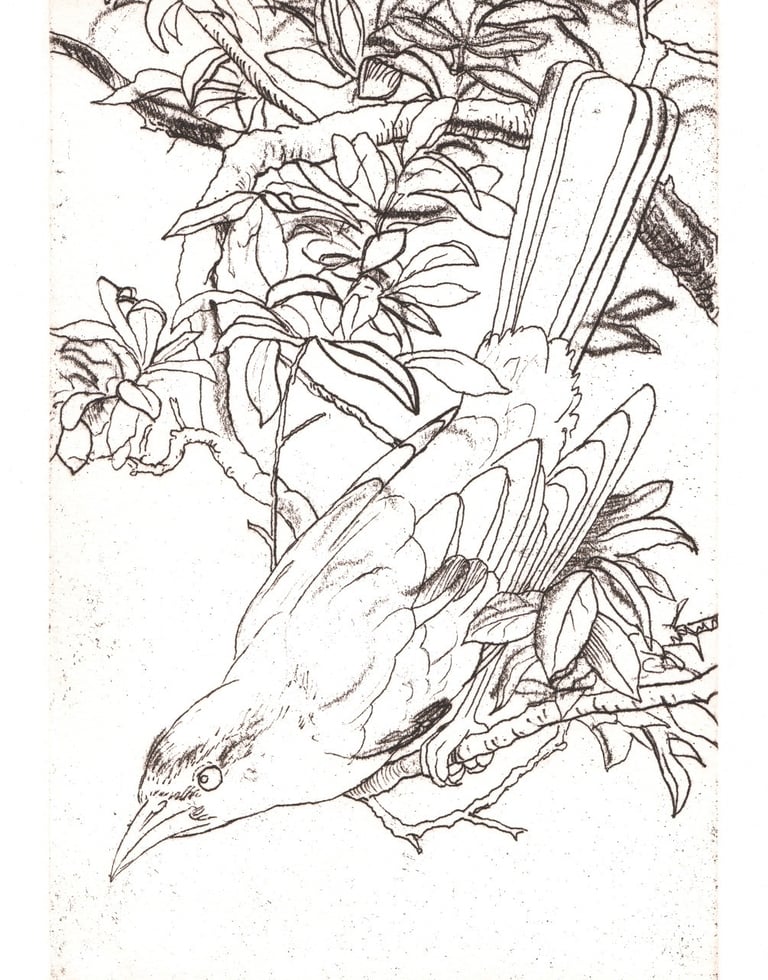

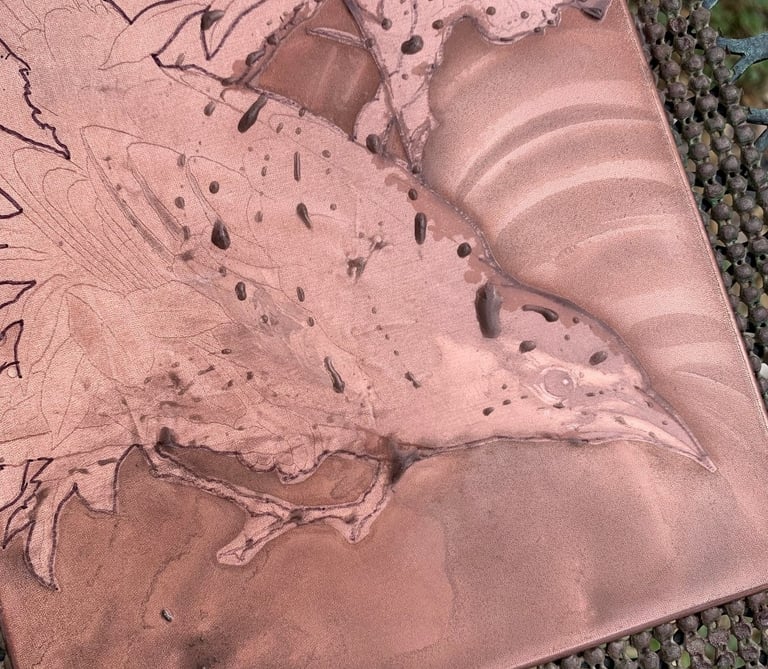


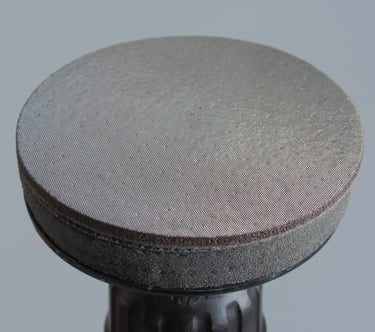
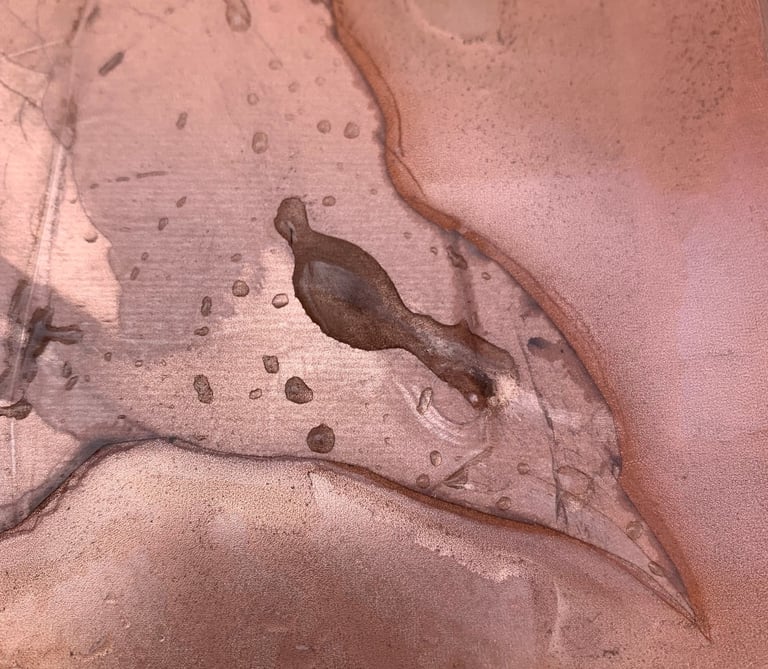

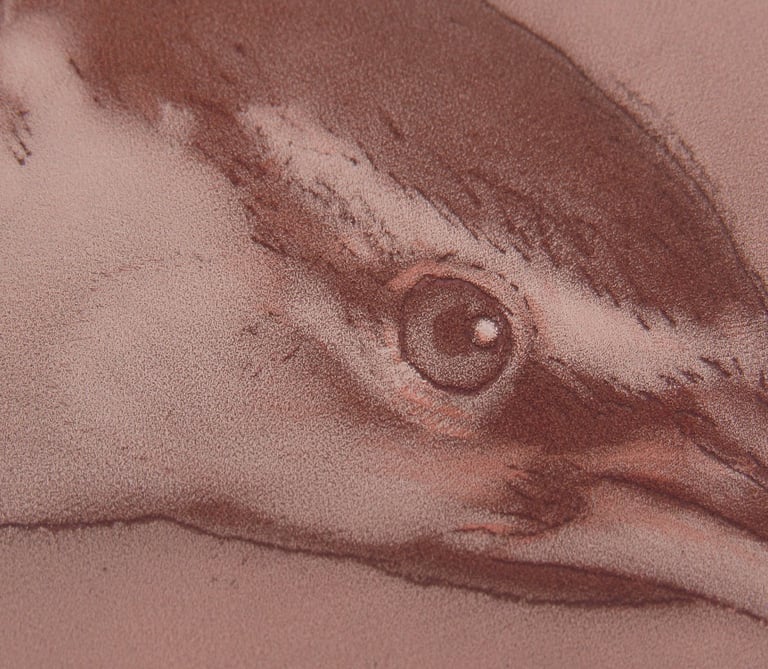

Luckily, this print was never intended to remain a soft ground. The soft ground lines are merely the linear skeleton below the mezzotint. For years now I have been trying to reconcile mezzotint, which is completely tonal, with linear intaglio processes. Hard ground etching and line engraving are the two usual ways to add line to a mezzotint, but I was intrigued with the possibilities of using soft ground, since, as its name implies, the lines in soft ground are soft, with fuzzy, irregular edges like pencil or chalk. Soft ground lines blend very well with mezzotint.
Another technique I have been exploring is the use of abrasives, specifically 3M Trizact™ discs, in image making. For this print, I knew I wanted a smoky gray background, as flat as I could make it. Using a technique suggested by Art Werger, I used Con-Tact® shelf lining material to mask the positive areas of the image, and proceeded with the Trizact discs, going from 1000-grit in the beginning, and finishing with 3000-grit.
If you are interested in trying this technique, make your Con-Tact film masks slightly smaller than the positive shape you are masking, to accommodate the dark halo that results from the "stair step" at the edge of the mask. You can see in the images that I forgot to do that the first time around, then remembered when I tried the second (and third) times.
This Trizact method is now my preferred method, alongside razor blade scraping (see my book!) to conquer large flat areas in mezzotint. It turns a chore that would have taken days or weeks to scrape into a few minutes. Give it a try!
